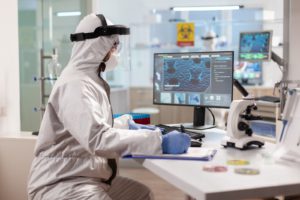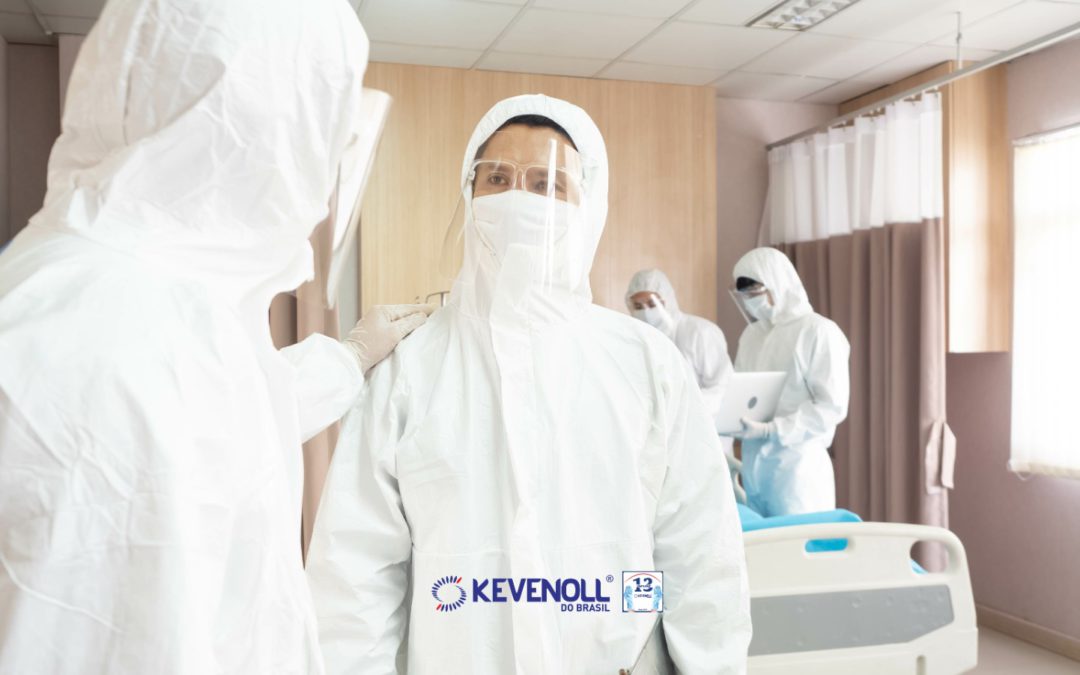Effective Strategies to Reduce Exposure to Hazardous Biological Agents
Biological hazards in the workplace pose threats to employee health and can arise in a variety of sectors, including healthcare, the food industry and laboratories. To ensure a safe and secure work environment, it is essential to implement measures that minimize these biological risks. In this article, we will explore effective strategies for reducing exposure to dangerous biological agents.
1. Risk Assessment:
Start by carrying out a detailed assessment of the biological risks present in the workplace. Identify which tasks, processes or areas are most likely to be exposed to pathogenic microorganisms. This assessment serves as the basis for developing preventive measures.
2. Training and Awareness:
Promote regular training for employees on biological risks and protective measures. This includes instruction in the correct use of personal protective equipment (PPE), proper hand washing, and respiratory etiquette. Conscientious employees are more likely to adopt safe practices in the workplace.
3. Use of Personal Protective Equipment (PPE):
Ensure employees have access to appropriate PPE, such as gloves, masks, aprons and protective eyewear. PPE serves as a physical barrier between employees and dangerous biological agents.

4. Proper Hygiene:
Promote strict hygiene practices, including frequent hand washing with soap and water. Install hand washing stations in convenient locations and provide alcohol-based hand sanitizers. This helps prevent the transfer of microorganisms from contaminated surfaces into the body.
5. Infection Control:
Implement infection control protocols to minimize the spread of microorganisms in the workplace. This may include regular cleaning and disinfection of areas and equipment, as well as proper segregation of biological waste.
6. Vaccination:
Encourage employee vaccination against industry-relevant infectious diseases. Immunization can significantly reduce the risk of contracting or transmitting infectious diseases in the workplace.
7. Employee Health Monitoring:
Perform periodic health assessments of employees who are exposed to biological risks. This allows for early detection of possible infections or health problems related to exposure.
Minimizing biological risks in the workplace is a crucial commitment to protecting the health and safety of employees. By taking a comprehensive approach that involves risk assessment, training, use of PPE and appropriate hygiene practices, companies can create a healthier and safer working environment for everyone involved.

